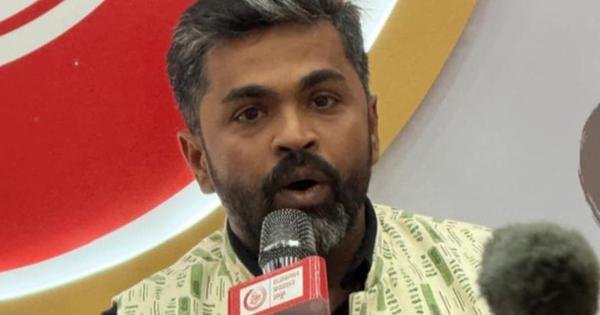Exploring Social Inequalities in Alok Ranjan’s “Roti Ke Chaar Harf”
Alok Ranjan’s second book, Roti Ke Chaar Harf, takes a deep look at social inequalities and injustices. This book is a collection of 11 stories. It talks about love, disappointment, hopelessness, moral dilemmas, and modern politics. These themes were also in his first book, Siyahat, which was published seven years ago.
Food as a Symbol of Disparity
Alok has a unique way of writing about old Delhi’s food in “Hum Break Par Main.” In the title story, “Roti Ke Chaar Harf,” food is more than just something to eat. It’s about survival and ego. Through food, he shows the big differences between people in Delhi and across our country.
The Quest for Validation
We all want to feel important, no matter how old or wise we are. In “Iss Duniya Ke Kinaare,” an old man tries to stay young. This blurs the line between truth and lies. He feels happy when he helps others. This story shows how little control we have over the things that shape us and our choices.
Men and Women: A Study in Contrasts
Alok’s stories often show a big difference between men and women. Men are often shown as irritable and eager to show their strength. Women, on the other hand, stay calm. You can see this in stories like “Iss Duniya Ke Kinaare,” “Mahatwapoorn Aadmi,” “Talaikuttal,” and “Swaang ke Baahar.” The rich language pulls readers into the lives of the working class, making us feel their emotions.
Love and Compassion
Even in the sad parts of these stories, there is a beauty. In “Jalte Sabke Makaan,” romantic love struggles to survive. In “Wapas Laut-te Hue,” a parent’s love is validated despite family problems. These stories look at how compassion changes.
The Pressure of Government Jobs
Alok also writes about the pressure to get government jobs. He shows how this affects struggling families. Young people often give up their dreams for what they think is a secure future. They struggle with their own expectations and those of others.
Women and Water: Symbols of Struggle
The lighter stories, “Kharpatwar Ke Phool” and “Bright Baatein,” are like a balm for the soul. They look at the common things that bind us together.
Resilience and Tolerance
One of the most interesting stories is “Swaang Ke Baahar.” It is deeply felt and somber. It asks how much a person can take before breaking. The desperation in everyday life shows the big divide between the rich and the poor. Alok shows how hunger turns into poverty. He makes it a social and economic marker in India.
Women’s Struggles and the Symbolism of Water
Alok does not forget the struggles of women, especially those who are marginalized. In “Talaikuttal,” he writes about an old custom in Tamil Nadu that takes away the dignity of widows. Water is another important theme in his stories. It symbolizes life and death. It is a source of both sustenance and despair. In “Talaikuttal,” water is seen as a waste in the form of human sweat. This reminds us of the value of life itself.
A Remarkable Contribution to Hindi Literature
Roti Ke Chaar Harf is a great addition to Hindi literature. It highlights deep-seated injustices with sharp language, making it a delight to read.
Roti Ke Char Harf, Alok Ranjan, Lokbharti Prakashan.



